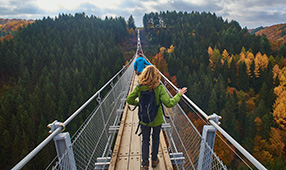Whether you choose a simple tent or a deluxe RV, camping opens up a lot of easy-on-the-wallet options for exploring North America. State parks, national forests and other public lands maintain plenty of affordable campsites. Private campgrounds do, too, and they often add resort-like amenities and “glamping” comforts.
We’ve gathered some spectacular scenic spots to set up your camp around the country, from California to Idaho to Maryland. Of course, the list is endless—and that’s camping’s real appeal.
Idaho’s panhandle
Camping is the way to go in the northernmost, narrowest part of Idaho, where the views vastly outnumber the hotel rooms. Take your pick of terrain: pine forests, glacier-carved lakes and gurgling fly-fishing streams, all framed by the Selkirk, Cabinet and Bitterroot mountains.
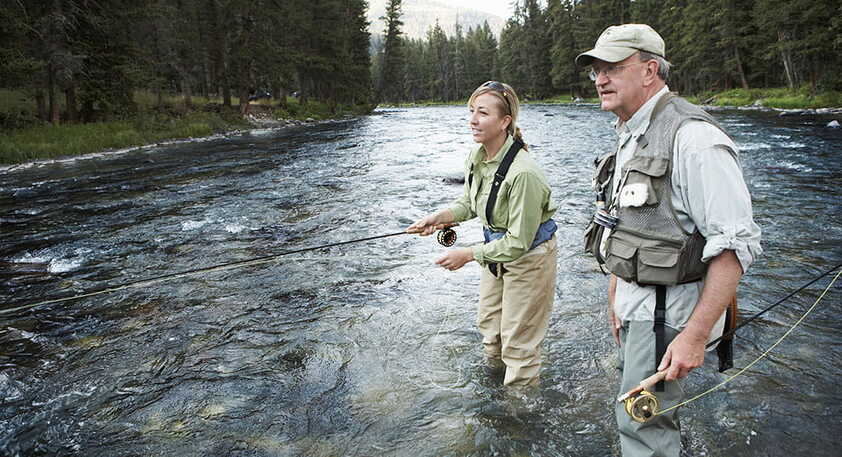
Stock up on camping supplies in Sandpoint, an outdoorsy outpost on the shores of expansive Lake Pend Oreille (pronounced: pon-der-ay). Carved by glaciers and the Missoula Flood, the lake bends in a broad arc for more than 40 miles and reaches depths of 1,150 feet.
Loop east on Idaho 200, the Pend Oreille Scenic Byway, along the lake’s rocky northern shore toward Hope. City services soon give way to scenic campgrounds, both along the shore and in the adjacent Kaniksu National Forest. Popular spots include Trestle Creek and the Sam Owen Campground, where swimming beaches and boat launches let you make the most of the clear lake waters.
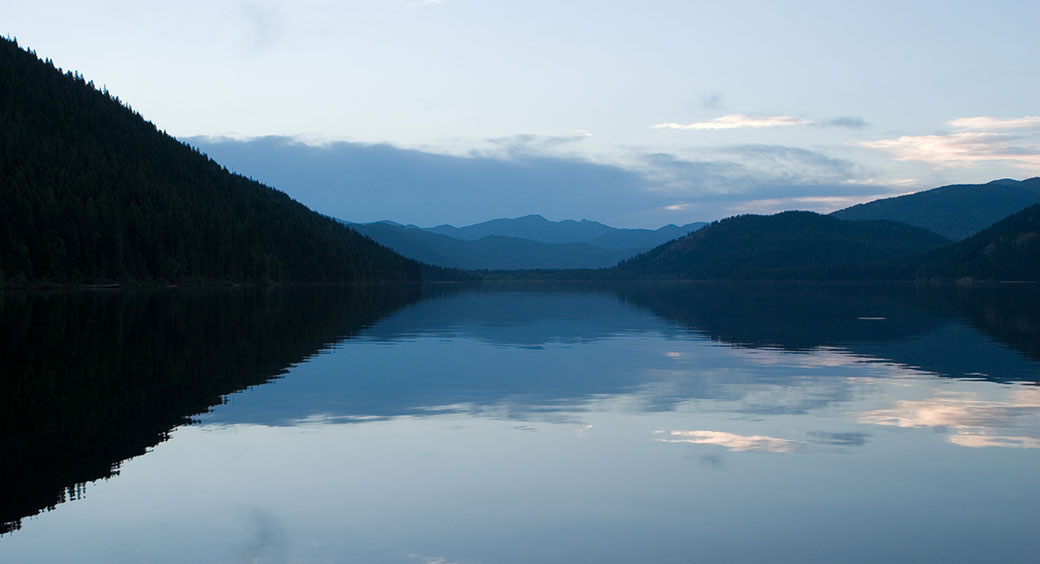
A bit southeast of Hope is Clark Fork, a region where you can hike the surrounding peaks and explore the quiet waters of the Clark Fork Delta. Or head north toward the Priest Lake area, where Priest Lake State Park and national forest campgrounds put you among mountain lakes and sublime hikes.
NEA member travel benefits: The largest airport in the panhandle is Coeur d’Alene Airport (COE), which is about 42 miles from Sandpoint. Check NEA Travel: Flights for ticket prices. You can rent a car through NEA Travel: Car Rental for big savings.
Plan your itinerary: Visit Idaho | Sandpoint | Idaho Panhandle National Forest Campgrounds
Wisconsin’s Apostle Islands
Wisconsin may claim just a small corner of Lake Superior’s vast shoreline, but what it lacks in quantity it more than makes up for in quality. In northwestern Wisconsin, 22 forested islands are scattered off the tip of the Bayfield Peninsula, a striking tableau of woods and water protected as the Apostle Islands National Lakeshore. Camping options here can be as convenient as an RV site along Superior’s mainland shore or a backcountry site on an uninhabited island.
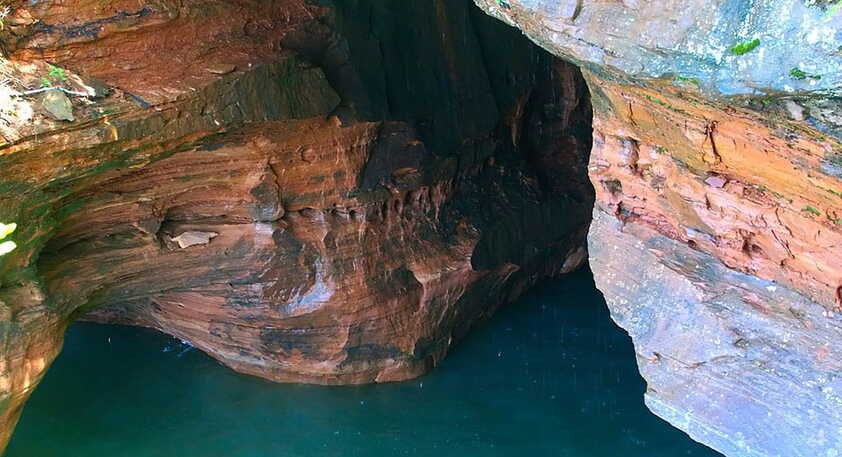
Begin your visit in Bayfield, an appealing lakefront town where you can pick up groceries and other last-minute supplies. The town’s old county courthouse now houses the park’s headquarters and visitor center.
The national lakeshore’s mainland segment lies 13 miles north up the Wisconsin Lake Superior Byway, where the Lakeshore Trail skims along a scalloped shoreline of red sandstone cliffs and coves. An RV and tent campground at the Little Sand Bay Recreation Area makes a good base, with views of Sand Island just offshore.
The Apostle Islands Cruise Service offers three- to four-hour sightseeing tours that weave through the archipelago. This and other outfitters also provide water taxi service for campers headed for sites scattered among the many islands. Sea kayaks provide another popular way to reach campsites on the park’s islands; even beginners can paddle safely with outfitters such as Meyers Beach Kayaking.
Campers have a third Apostles option: Catch the car ferry from Bayfield to Madeline Island, part of the archipelago but not within the national park. Waterfront campgrounds at Big Bay State Park and Town Park let you wake up to big blue lake views and a long stretch of sandy beach.
NEA member travel benefits: Visit NEA Travel: Flights for ticket prices to Duluth International Airport (DLH), which is the closest airport to the Apostle Islands, about a 2 hours’ drive away. You can score a great deal on a rental car when you get there via NEA Travel: Car Rental.
Plan your itinerary: Travel Wisconsin | Apostle Islands National Lakeshore | Bayfield | Madeline Island
California’s peaks and valleys
Campers can go to extremes in California. Two hours west of Las Vegas, Death Valley National Park claims the lowest terrain on the continent: 282 feet below sea level at Badwater Basin. Despite its intimidating name, the park offers plenty of temperate terrain for hiking among desert canyons and rocky pinnacles. In warmer months, head for higher-elevation (and free!) campgrounds like Wildrose on the park’s southwest end.
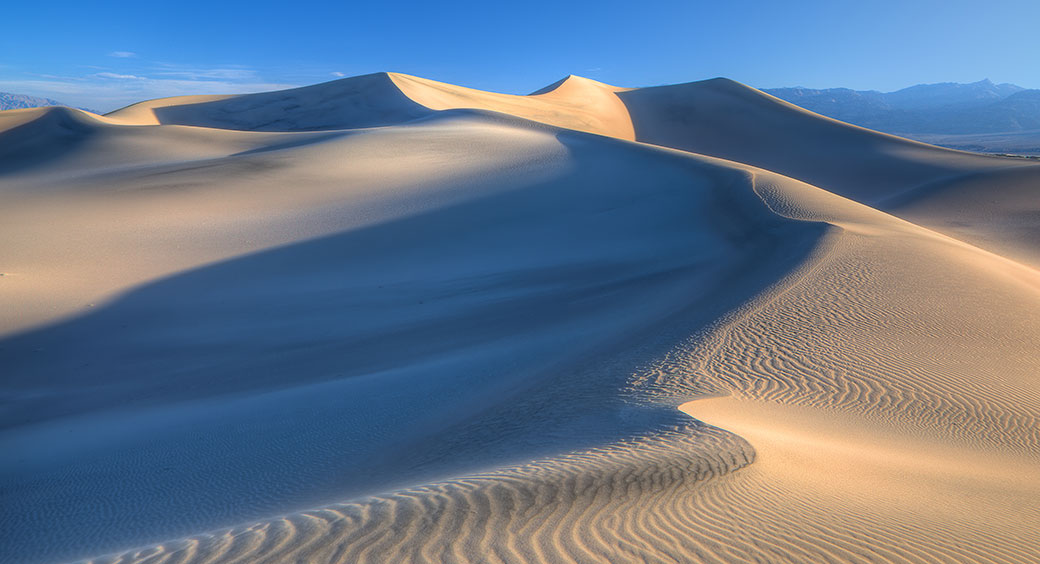
Four hours north, Yosemite National Park showcases the Sierras’ high-alpine splendor. With its soaring granite walls and plunging waterfalls, Yosemite belongs on every camper’s bucket list. Its campsites, however, can be notoriously hard to snag. Your best bet may be one of the national park’s non-reservation campgrounds such as Porcupine Flat. Many of these are outside the busy Yosemite Valley, at 7,000-foot-plus elevations along the Tioga Road.
NEA member travel benefits: Click on NEA Travel: Flights to search airfare for flights to Las Vegas’ Harry Reid International Airport (LAS) if you’re going to Death Valley, which is about 2 hours away. Or, if you want to go to Yosemite, you can look for flights into Fresno Yosemite International Airport (FAT), which is the closest, at 2.5 hours away from the park.
Plan your itinerary: Visit California | Death Valley National Park | Yosemite National Park
Maryland’s Chesapeake Bay
The largest estuary in the United States, the Chesapeake Bay is the endpoint for 150 rivers and streams. The surrounding land separating the bay from the Atlantic Ocean includes parts of three states (Maryland, Virginia and Delaware), but Maryland’s portion includes quite a few campgrounds with gorgeous views.
For starters, there’s the picturesque Assateague Island National Seashore, which is a 37-mile-long barrier island. Known for its wild horses, Assateague has sandy beaches, salt marshes and maritime forests. While on the island there is swimming, paddle boarding, crabbing, biking and kayaking.
Part of the island is in Virginia, but there are only campgrounds on the Maryland side. There are two drive-in campgrounds and one that is hike-in only.
Janes Island State Park is another option, as a collection of barrier islands dotting the Tangier Sound. It has one large campground accessible by land and three that are paddle-in only. The area is known for its blue crabs and oysters and it has 30 miles of kayak water trails.
NEA member travel benefits: To get to the Chesapeake Bay, it’s best to book a flight into Baltimore Washington International Airport (BWI). To check airfare prices, head to NEA Travel: Flights.
Plan your itinerary: Visit Maryland | Assateague Island National Seashore | Janes Island State Park
Eastern Tennessee’s Smokies
The iconic Great Smoky Mountains present a stunning backdrop for any camping trip, especially one with plenty of hiking. The Great Smoky Mountains National Park is America’s most visited national park, and it’s full of scenic vistas. There are also historic log buildings, lots of rushing waterfalls and Appalachian Mountain culture.
Most visitors stay outside the park in Pigeon Forge, but there are ten campgrounds inside the park accessible by vehicle and several more that are hike-in only in the backcountry. Some are only open seasonally but a few, like Cades Cove, are open year-round—just be sure to make reservations as it’s also one of the most popular.
NEA member travel benefits: Click on NEA Travel: Flights to see prices for flights to Knoxville McGee Tyson Airport (TYS), which is about an hour’s drive away from the park. Next, head to NEA Travel: Car Rental for competitive prices on renting a car so you can get around the park with ease.
Plan your itinerary: Tennessee Department of Tourism | Great Smoky Mountains National Park











